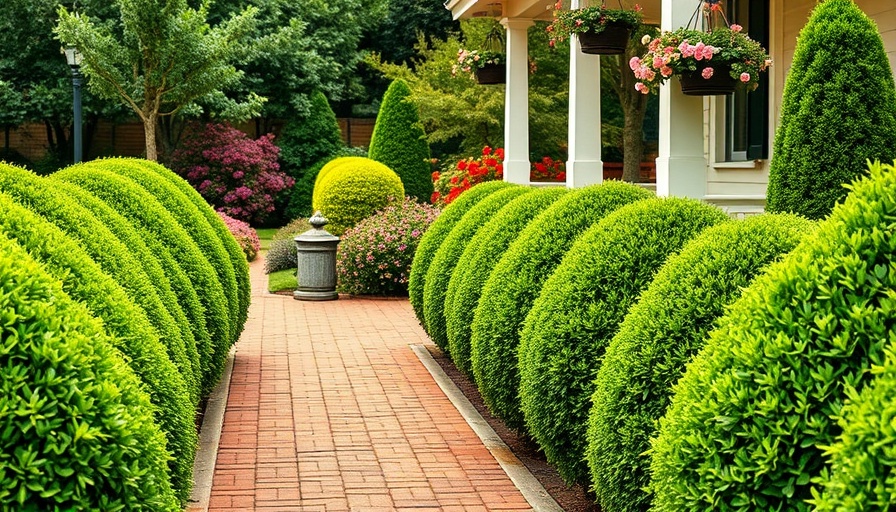
Enhancing Curb Appeal with Low-Growing Shrubs
Your home's front yard serves as the first impression for guests and passersby alike. Simple enhancements, such as introducing low-growing shrubs, can significantly elevate your home's curb appeal. This article explores the best low-growing shrubs to transform your front yard into a welcoming landscape.
Evergreen Shrubs: The Backbone of Your Landscape
Evergreen shrubs provide year-round structure and color, ensuring your garden remains vibrant even in winter. Here are a few top choices:
- Boxwood: A classic choice, boxwood is versatile and can be shaped easily to fit any garden style.
- Japanese Pieris: This shrub not only looks stunning in spring but also maintains its aesthetic through its glossy foliage.
- Dwarf Yew: Perfect for varied light conditions, this hardy shrub requires minimal care.
- Dwarf Hinoki Cypress: With its unique fan-shaped foliage, this cypress adds texture and visual interest.
- Blue Star Juniper: The silvery-blue hue of this juniper provides a refreshing contrast in sunny spots.
- Dwarf Mugo Pine: Tough and adaptable, this shrub thrives in poor soil scenarios, making it an excellent choice for many landscapes.
Seasonal Cheer: Flowering Shrubs
For those who delight in vibrant colors, flowering shrubs offer a changing palette throughout the seasons. Here are some wonderful options:
- Dwarf Hydrangea: Known for its spectacular blooms, this shrub also fits comfortably into smaller spaces.
- The Fairy Rose: With its consistent blooming cycle from late spring, it’s a favorite among novice gardeners.
- Dwarf Spirea: This shrub brings beautiful clusters of flowers in early summer, ensuring pops of color just when you need them.
The Benefits of Low-Growing Shrubs in Your Front Yard
Low-growing shrubs not only appeal visually but also offer practical benefits. They require less maintenance than taller varieties and can act as natural barriers to weeds, keeping your garden tidy and attractive.
Making the Right Choice for Your Front Yard
When selecting shrubs for your landscape, consider factors such as sunlight, soil type, and climate. For instance, those living in sunnier regions might prefer Blue Star Juniper, while those in partially shaded areas may find Japanese Pieris a better fit.
Expert Tips for Planting and Maintenance
1. **Soil Preparation:** Always amend your planting soil with compost to ensure adequate drainage and nutrients for your shrubs.
2. **Watering Routine:** New plants require consistent watering during their establishment phase, typically the first couple of years.
3. **Pruning Practices:** Regular pruning not only maintains the shape of your shrubs but encourages robust growth and flowering.
Value Beyond Beauty: Environmental Contributions
Low-growing shrubs provide ecological benefits beyond beautifying your yard. They offer shelter and food for various small creatures, contributing to a balanced ecosystem in your local environment.
Final Thoughts on Choosing Low-Growing Shrubs
Low-growing shrubs are more than just decorative features; they contribute both aesthetic and environmental benefits to your home. By thoughtfully selecting the right varieties for your front yard, you can create a space that reflects your style and supports local wildlife.
As you decide on what shrubs to add, consider integrating sustainable practices into your gardening routine. Adopting native plants can further boost the resilience of your landscape while minimizing water and maintenance needs.
 Add Row
Add Row  Add
Add 




Write A Comment